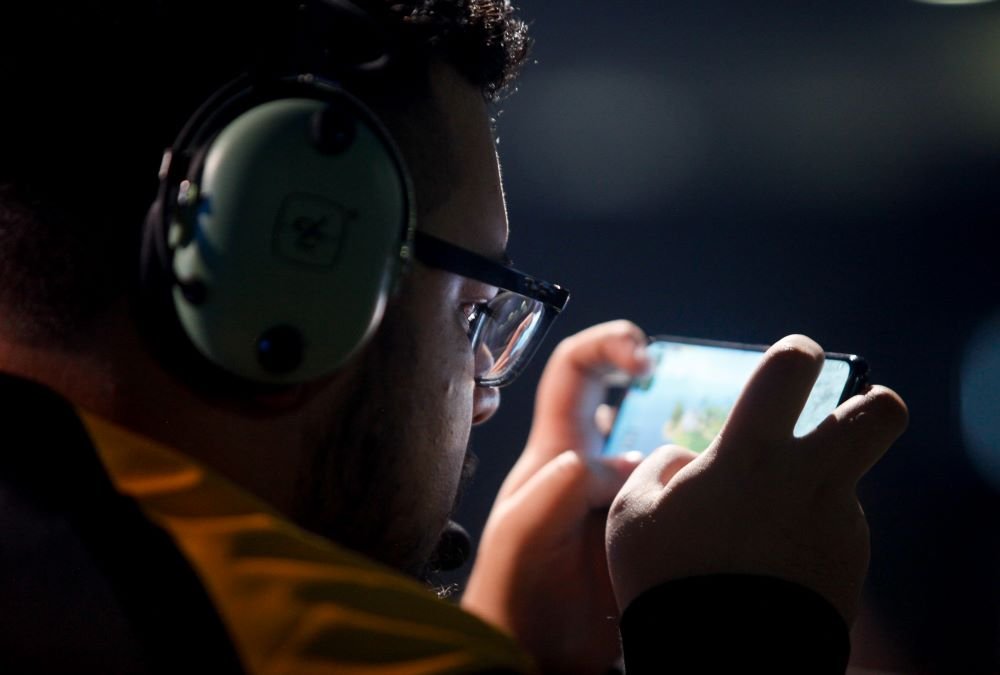Mobile competition has outgrown the “casual only” label. In 2025, viewers expect tight schedules, snackable match lengths, and formats that resolve in minutes rather than hours. The result is a scene that fits commutes, study breaks, and the in-between moments of a day – without losing the thrill of a final round.
A second tailwind is hardware. Entry-level devices now ship with efficient chipsets, modern displays, and thermal designs that keep frame rates steady long enough for a best-of series. Performance parity is not perfect, yet it is close enough that the skill ceiling feels reachable. Discovery has also improved. Newcomers compare titles, rulesets, and event calendars on resources like this website, filtering formats by game length, platform, and region to find the right ladder.
The combination is simple and powerful. Shorter formats reduce time costs. Budget phones reduce costs. Together they unlock broader participation and more consistent viewing habits – the foundation any competitive ecosystem needs.
Why do short formats click on mobile
Attention on phones behaves differently from attention on a couch. Matches that end in 8–15 minutes respect battery life, data caps, and social context. Sprints work better than marathons. Designers lean into rounds, objective bursts, and sudden-death tiebreakers that push players to act rather than wait. Momentum is visible. Spectators can drop in late and still understand the score line. Streamers’ package highlights quickly. Organizers schedule more sets per hour, which keeps queues moving and reward cycles frequent.
Short formats also lower the stress of entry. A single mistake does not sink a full evening. Re-queue times are measured in seconds. That matters for skill growth. Players iterate faster, test new roles, and learn map timings without dreading long punishments for early errors.
Budget phones are now “good enough”
The phrase used to sound like a compromise. In 2025, it reads like a milestone. Sub-$200 devices carry multi-core CPUs, capable GPUs, and adaptive refresh displays that make 60 fps a realistic target for many titles. Thermal throttling still exists. Developers mitigate it with dynamic resolution, texture streaming, and frame pacing tuned for bursts rather than sustained loads. The experience is not pristine, yet it is consistent – and consistency is what competition needs.
Battery chemistry and charging efficiency improve season over season. A short match consumes a modest slice of capacity. Players can fit several ranked games into one commute without visiting a wall socket. Controllers and back buttons are optional, not mandatory. Touch layouts offer granular remapping and aim assist that is balanced for fairness. Spectators watch on the same devices they play on, which tightens the loop between viewing and trying.
The design choices pushing mobile comps forward
- Readable maps and UI – high-contrast lanes, bold objective markers, and minimal clutter keep small screens legible.
- Role clarity – short rounds shine when each slot has a job that is obvious to teammates and viewers.
- Anti-stall mechanics – shrinking zones, escalating damage, or objective timers prevent drawn-out stalemates.
- Low friction matchmaking – role queue, visible MMR band,s and fast rematch options cut dead time.
- Performance budgets – fixed effect caps and sound channel limits protect frame times on mid-range chips.
- Stream-safe spectating – clean observer tools with delay settings and auto-replay moments help broadcasts scale.
Ecosystems that respect time and money
Strong systems do not force an arms race in peripherals or phones. Events set device floors rather than premium ceilings. Publishers align balance patches with tournament calendars, so metas do not whiplash mid-season. Prize structures reward consistency instead of one-off spikes, which stabilizes rosters. For adjacent industries – from team apparel to small venue watch parties – the message is similar. Keep offerings flexible. A viewer might watch three micro-finals over lunch rather than one long grand final in the evening. Packages, tickets, and sponsorships that fit this rhythm feel natural, not forced.
Community safety is in view. Clear reporting, visible cooldowns, and grade-based lobbies curb surfing and tilt spirals. Payment flows remain transparent. Cosmetics stay cosmetic. Where regional rules require age gates or spending reminders, smart UX places them near action points rather than hiding them. Trust compounds when people can see the guardrails.
What shifts for players, teams, and publishers in 2025
Players invest in reliability over flash. A stable 60 fps matters more than chasing 120 in heat. Lightweight launchers and background process control are part of pre-match routines. Teams scout differently. Instead of marathon scrims only, analysts cut tape across dozens of sprints to chart clutch rates, rotation discipline, and composure after early setbacks. Coaches prioritize openings, retake drills, and timeout usage – skills that decide short rounds.
Publishers treat scheduling like product design. Seasons are modular. Off-weeks host limited-time modes that test ideas without fragmenting ladders. Anti-cheat focuses on low-overhead techniques that do not punish older chipsets. Cross-play is allowed where inputs are balanced and restricted where it risks fairness. Partnerships grow around education – how to stabilize ping, how to optimize settings, how to join a league – because small boosts in stability produce large gains in participation.
Fast takeaways for fans and organizers
Shorter formats and affordable phones are not a trend. They are the rails on which mobile esports now run. Expect more regional cups bundled into compact windows. Expect match pages that surface what matters in seconds – objective control, clutch rate, eco saves, rotation success – instead of drowning viewers in tabs. Expect discovery to become simpler as hubs curate by session length and device class. Most of all, expect entry to feel open. When time is tight and budgets are real, formats that respect both will win – and mobile is finally built to deliver.
